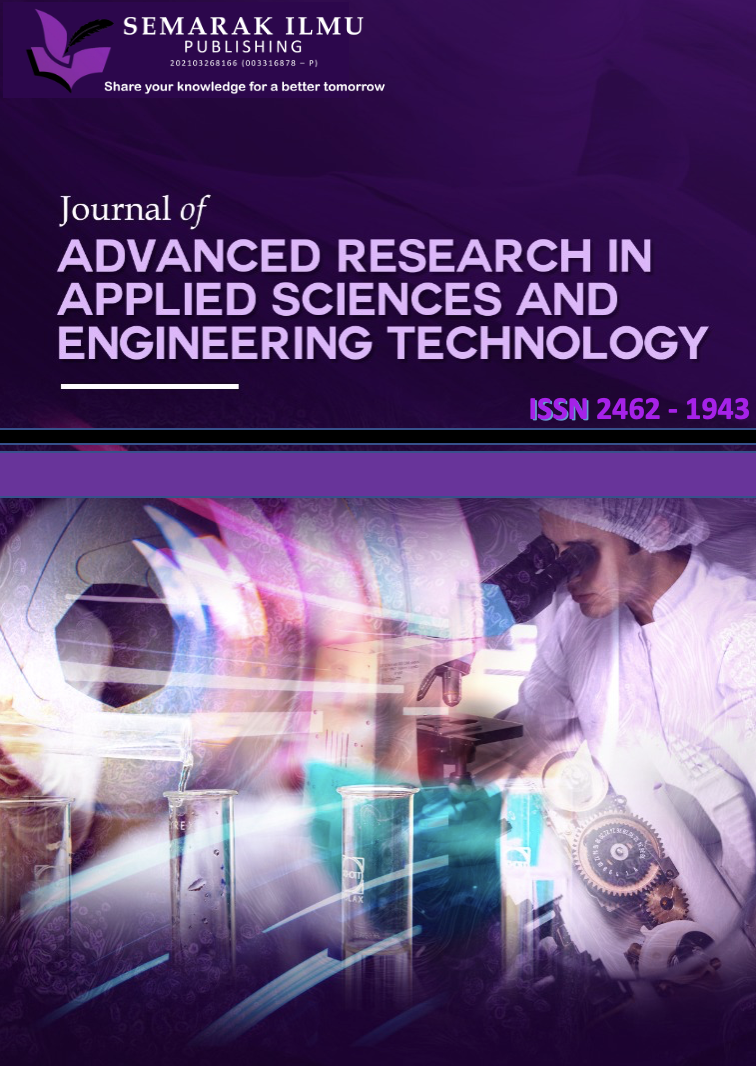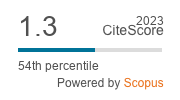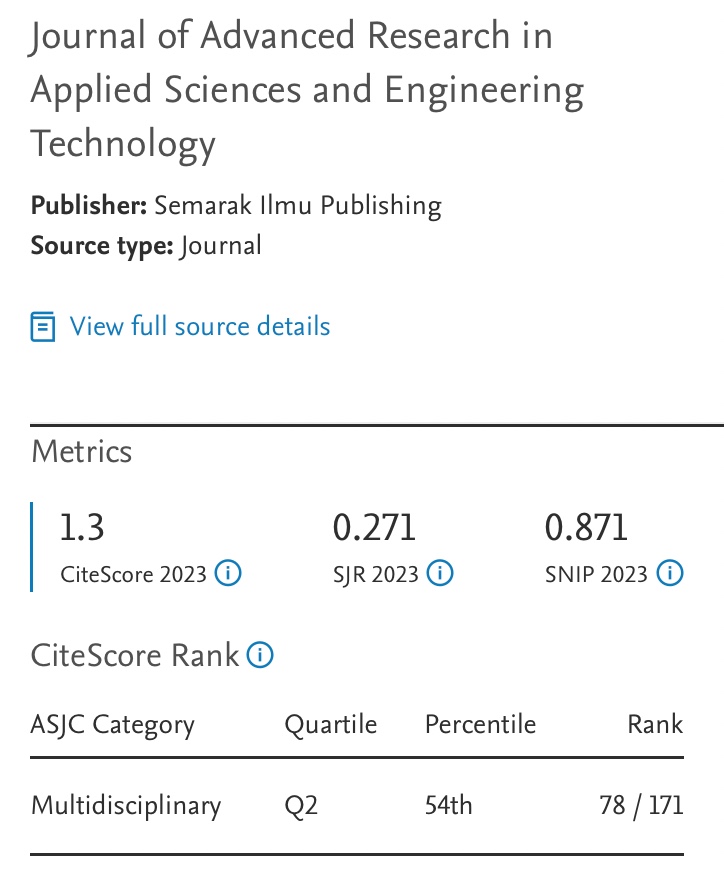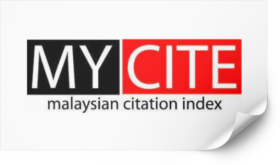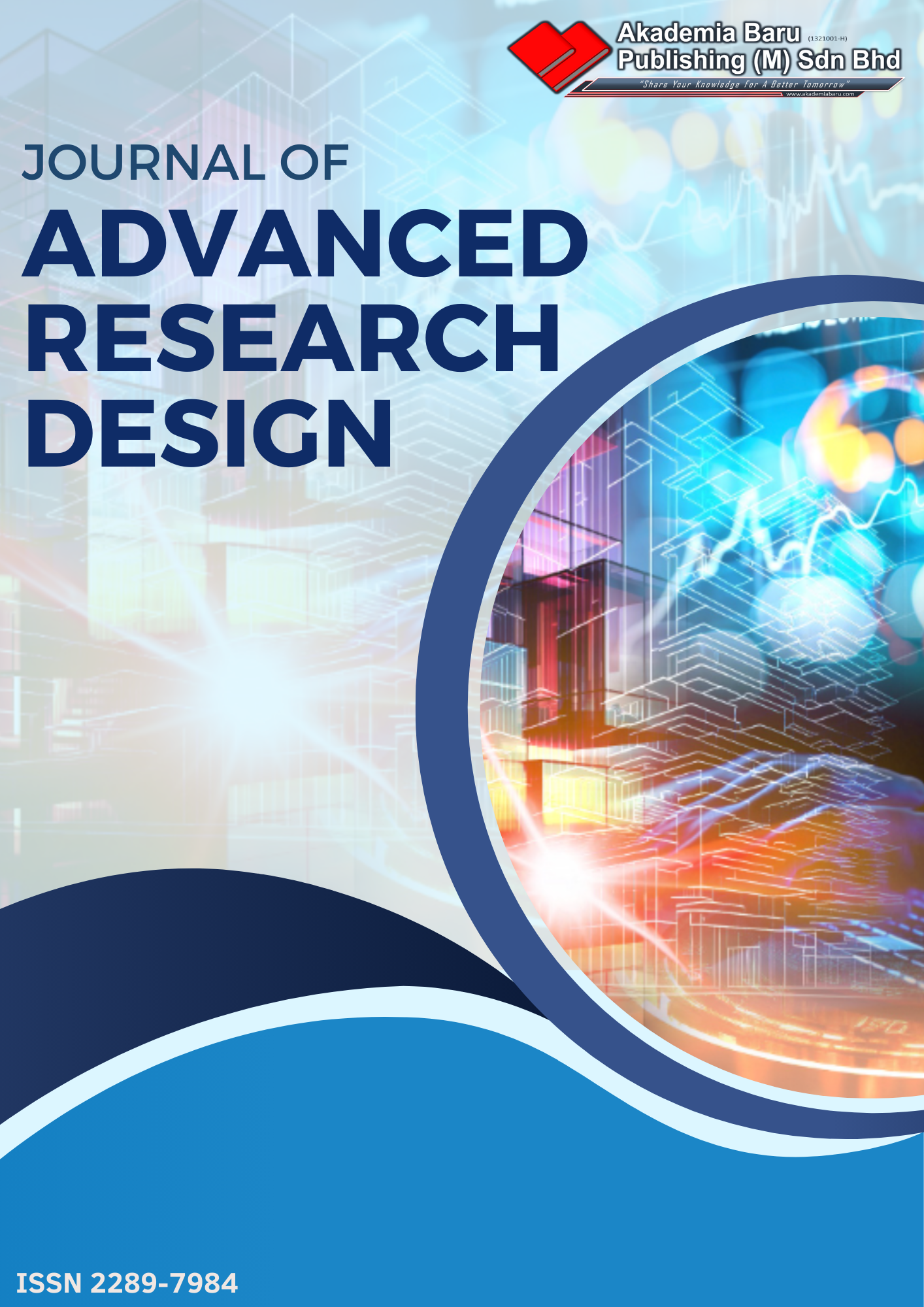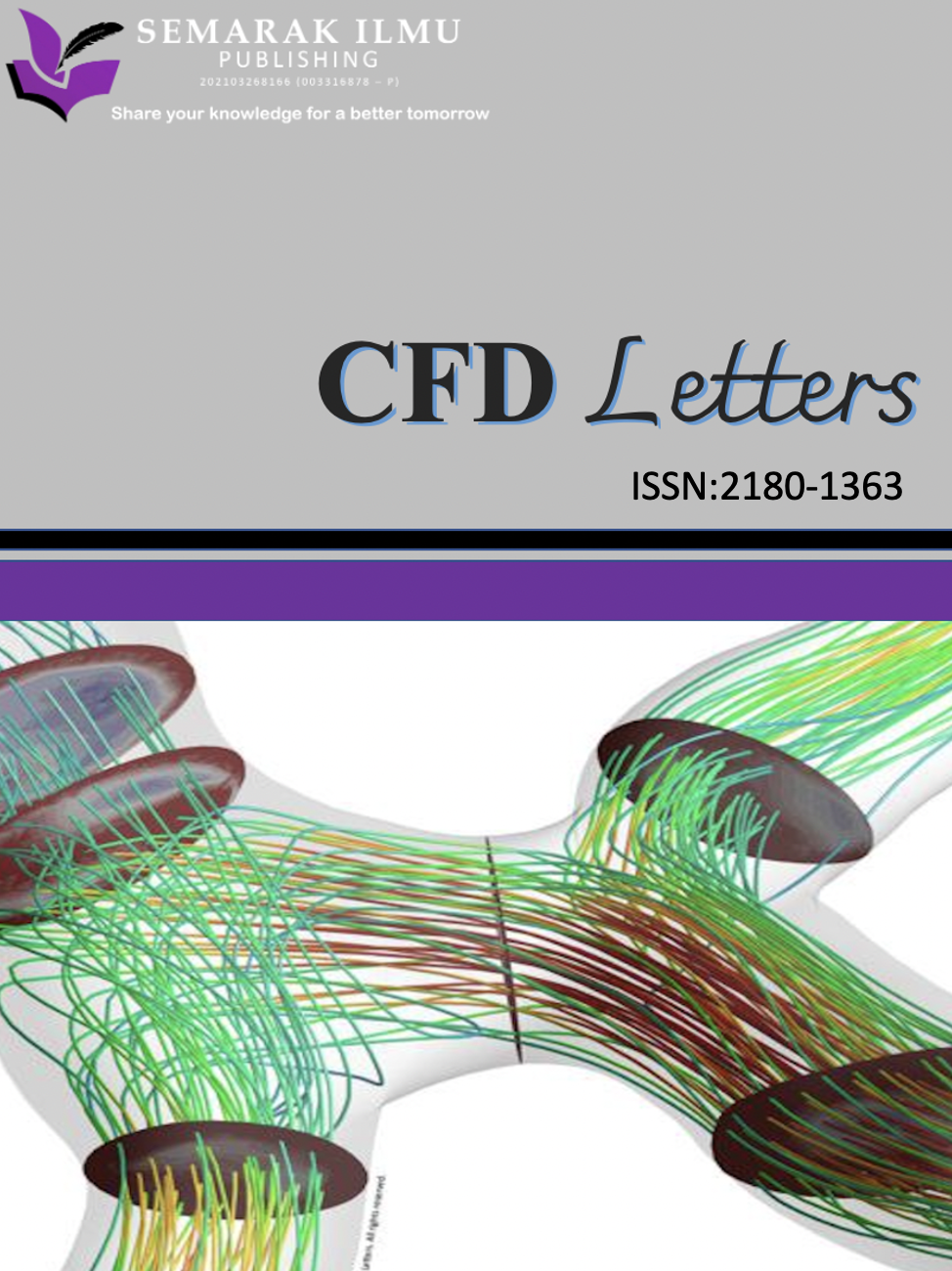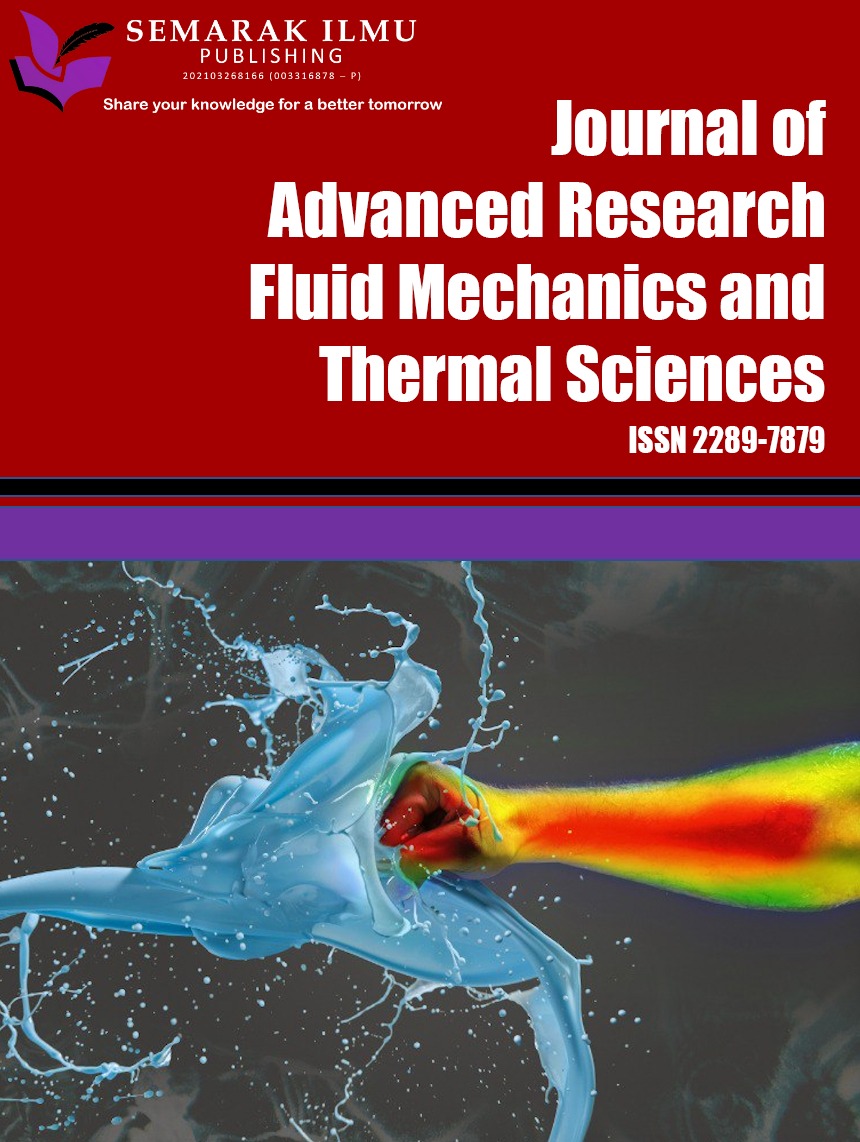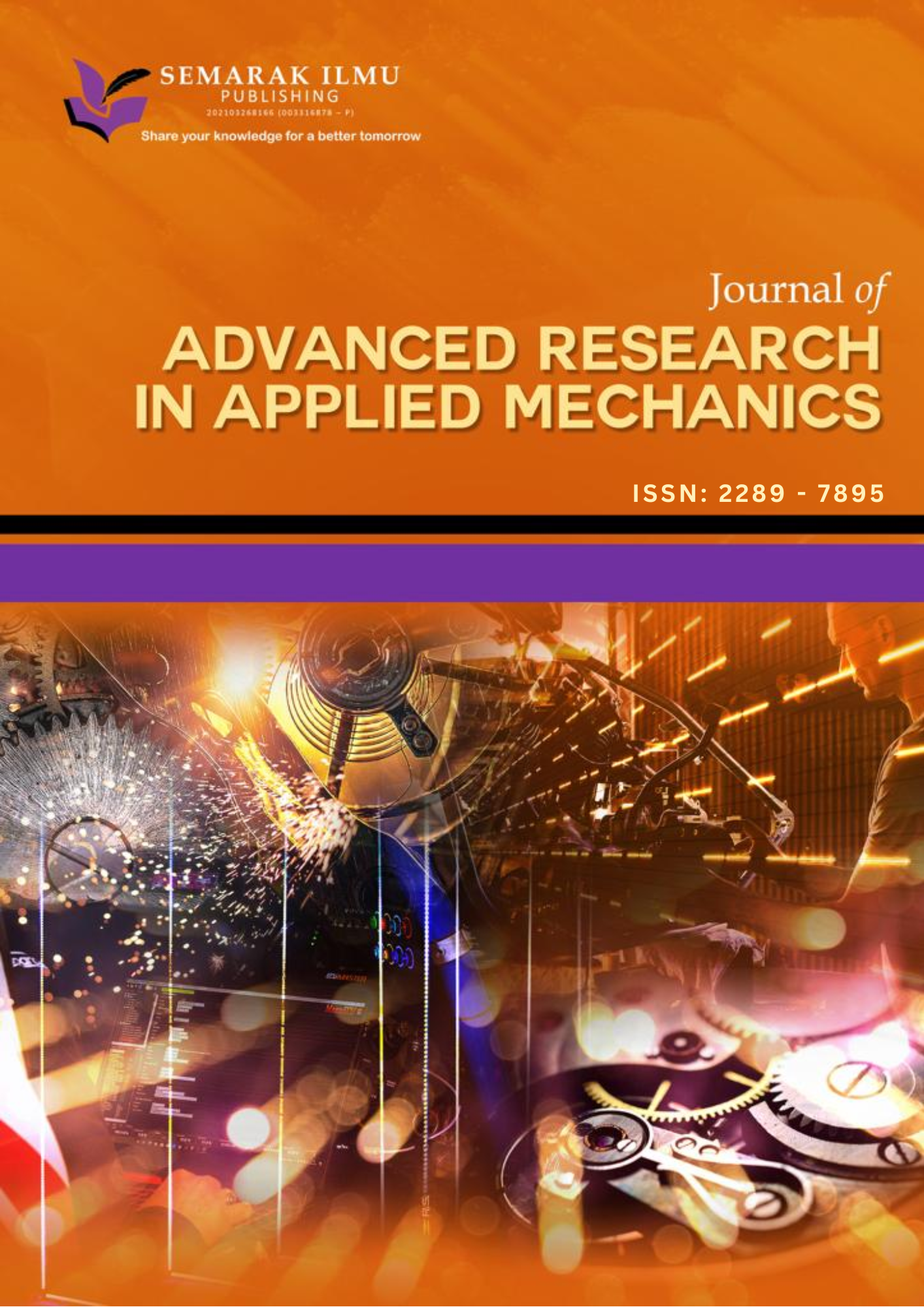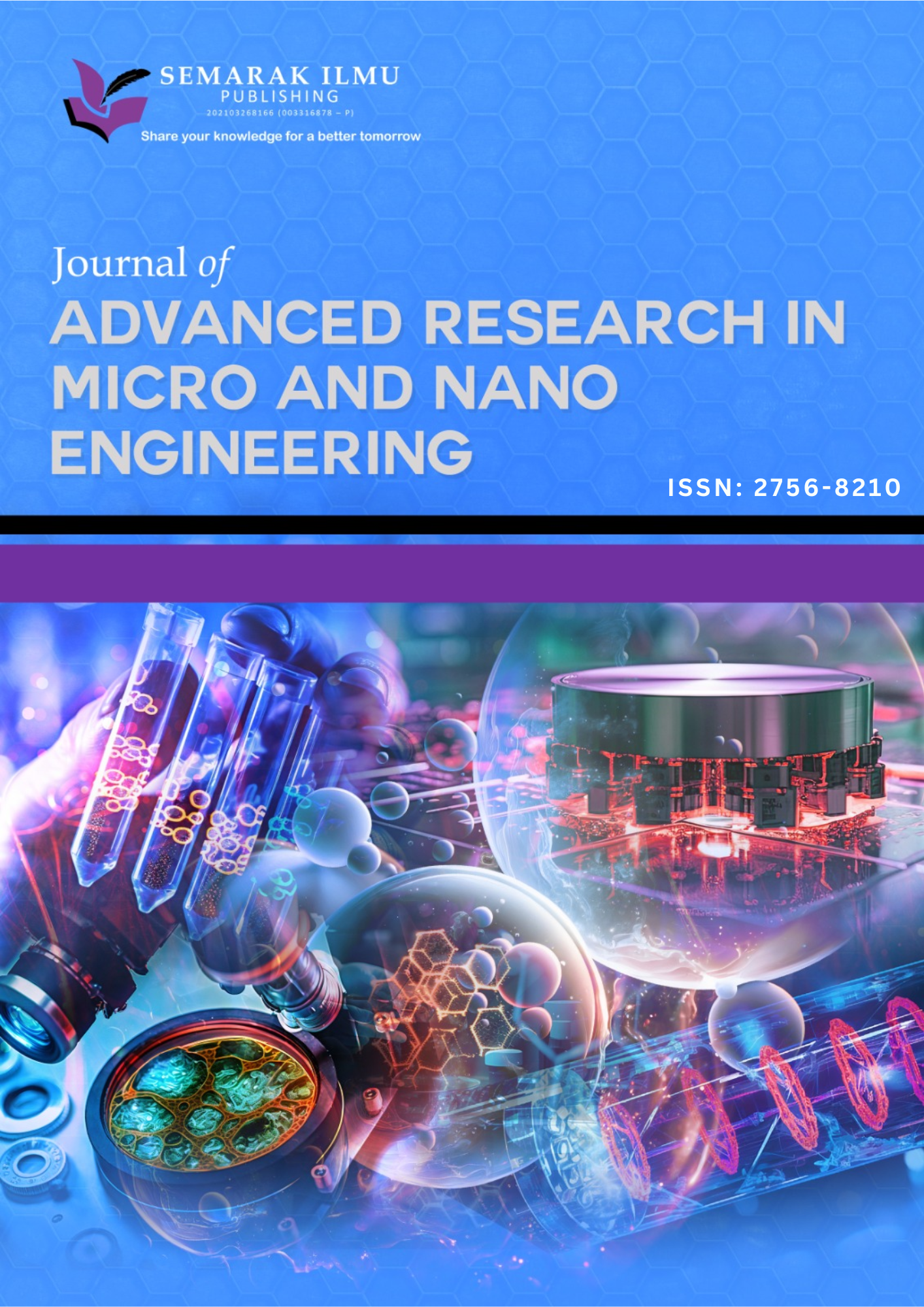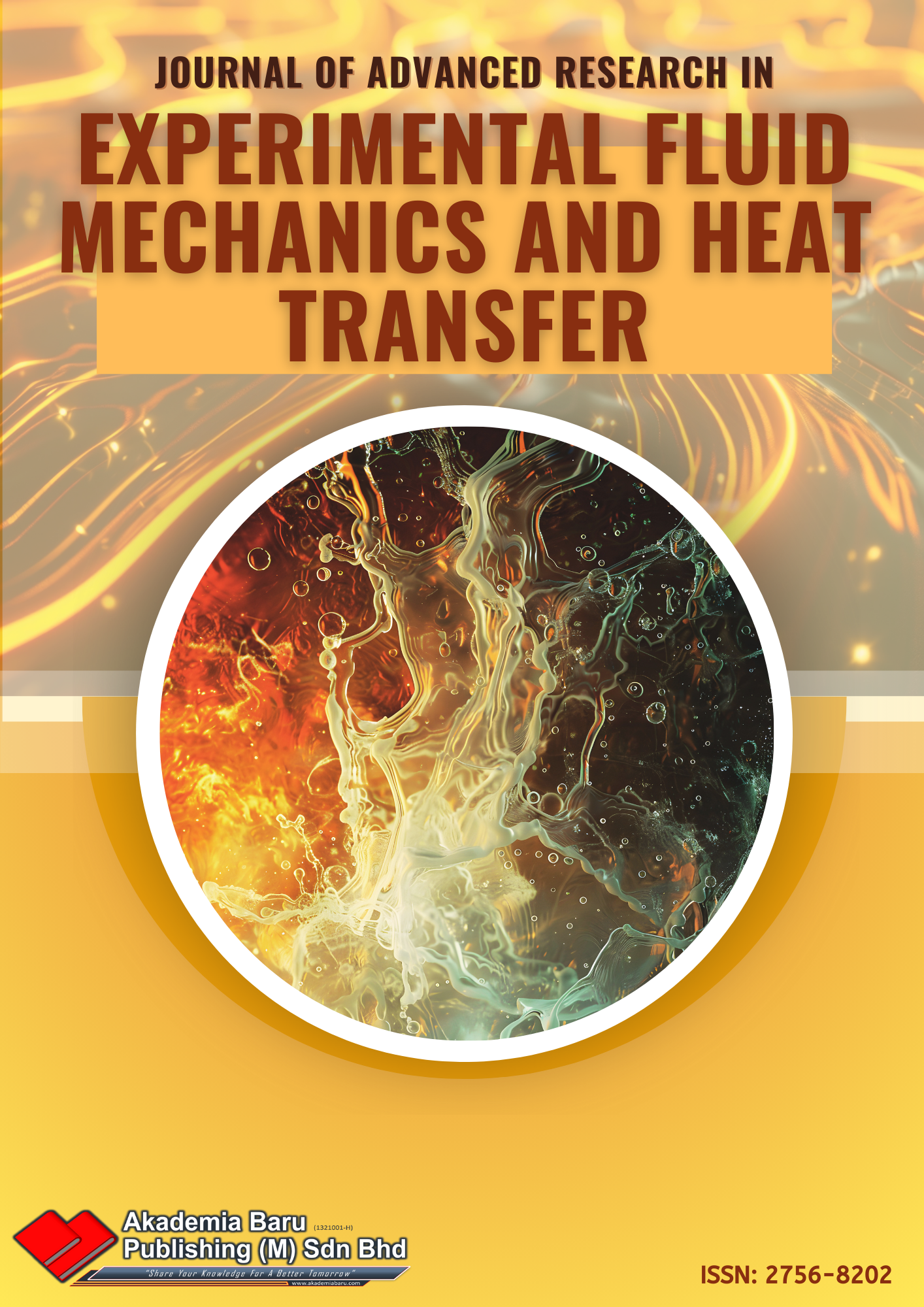COVID-19 Chest X-Ray Lung Segmentation by Locally Adaptive Thresholding
DOI:
https://doi.org/10.37934/araset.64.3.6983Keywords:
COVID-19, chest X-ray, image segmentation, thresholdingAbstract
The novel coronavirus disease 2019 (COVID-19), first identified in December 2019 in Wuhan, China, rapidly escalated into a global pandemic. Effective and reliable solutions for automated detection and large-scale screening are crucial to monitor and control the spread of COVID-19. However, distinguishing between COVID-19 and pneumonia in chest X-ray (CXR) scans remains a challenge for radiologists due to overlapping image features. Additionally, modern diagnostic methods such as reverse transcription polymerase chain reaction (RT-PCR) are expensive, complex, and time-consuming. This study aims to develop a robust segmentation approach to accurately extract the lung region from CXR images as a critical step for computer-aided diagnostic systems (CADS). A total of 150 CXR images, including 50 COVID-19, 50 pneumonia, and 50 normal cases, were analyzed. The images were resized and cropped to a uniform resolution of 1000×1000 pixels, followed by enhancement using the modified global contrast stretching technique to improve segmentation quality. Four thresholding techniques namely Otsu thresholding, Sauvola local image thresholding, Phansalkar local image thresholding, and Bradley local image thresholding were applied for segmentation. Post-segmentation, unwanted objects and noise smaller than 50,000 pixels were filtered to refine the lung regions. Quantitative evaluation demonstrated that Phansalkar thresholding achieved superior performance with an accuracy of 90.73%, sensitivity of 75.63%, and specificity of 99.01%. These results highlight the efficacy of Phansalkar thresholding in segmenting low-contrast CXR images and its potential to enhance the diagnostic capabilities of COVID-19 detection systems.
Downloads






